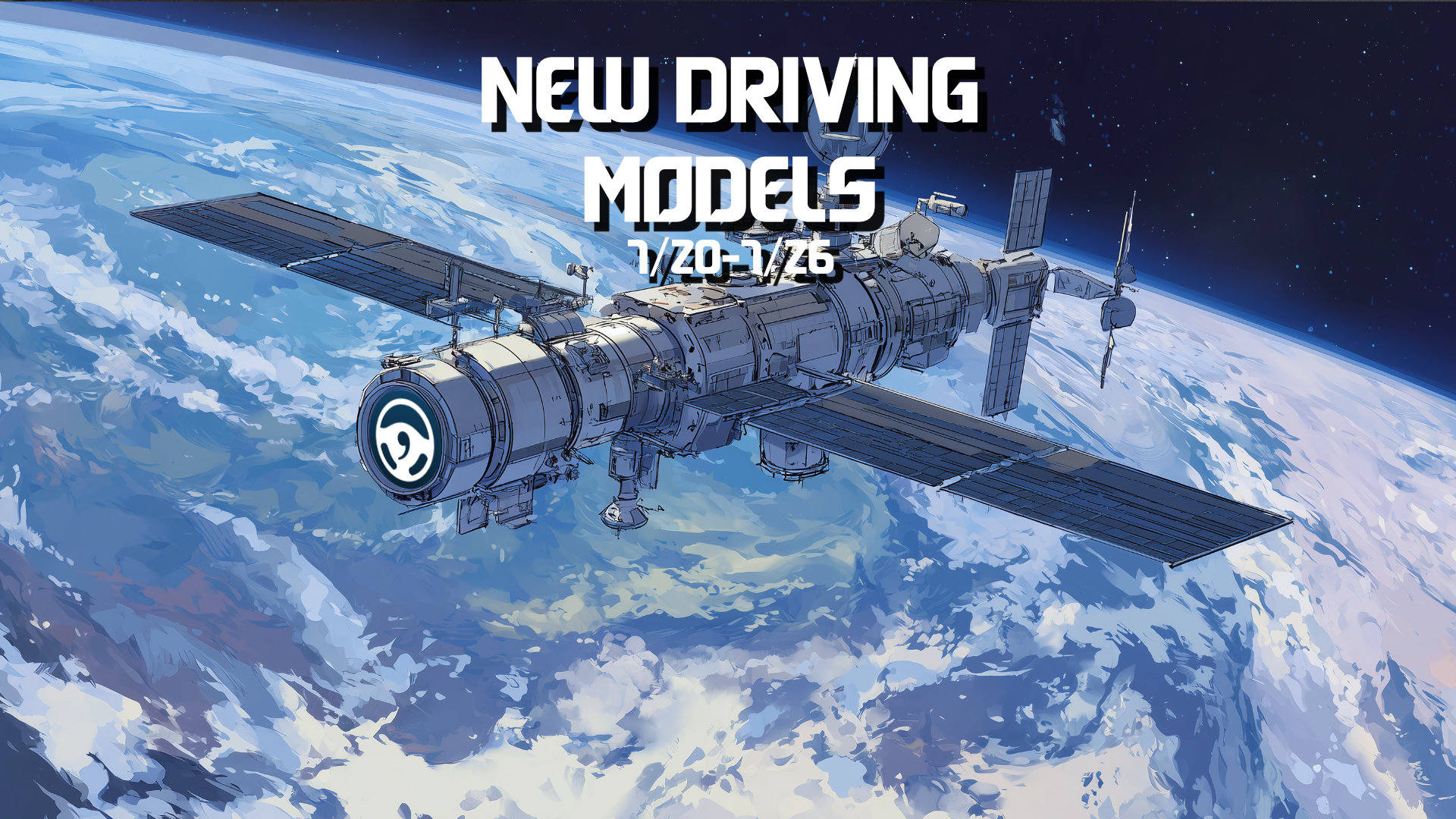The past week has been a whirlwind in the Openpilot development world, with a steady stream of new models dropping and reshaping how we think about lane centering, long control, and urban handling. Starting with Liquid Crystal in late June and building all the way up to Space Lab 2 v2 this past weekend, testers have had their hands full—and a lot to talk about.
Liquid Crystal (Released June 21)
Liquid Crystal landed with high expectations and some early praise for its lateral behavior. On well-marked roads, it tracks confidently and can handle tight turns better than many legacy models. Some drivers even called it one of the best-feeling models in months—when the conditions were right.
But that’s the catch. Liquid Crystal struggles without clear lane markings. On gravel, faded paint, or even dotted lines, the model sometimes gives up entirely or drifts dangerously close to curbs. Longitudinal control is another weak point, with frequent complaints about rolling stop signs, failing to stop behind leads, and outright ignoring red lights. One tester joked that its best trait was that “it didn’t stop at green lights,” while another summarized it with: “Long is a hot mess.”
Still, the model has its fans. If you’re on a well-maintained suburban route, Liquid Crystal might give you a smooth ride. But for most, it’s not quite daily-driver material—at least not yet.
Space Lab (Released July 24)
Just a few weeks later, Space Lab dropped and immediately raised the bar. Unlike Liquid Crystal, Space Lab feels much more balanced—combining smooth long behavior with confident, predictable lateral control. It’s performed well even in rain and on highways with sharper curves, and several testers called it their favorite since the TR15 series.
The long behavior especially stood out, with better braking, less aggressive gas gating, and a much more natural acceleration curve behind leads. Angle steering users reported even greater precision in turns. One user summed it up best: “I think I like this model,” followed quickly by others agreeing, “Better than TR15v2.”
Space Lab 2 (Released July 25)
The very next day, Space Lab 2 appeared. It tweaked the formula slightly, with better recentering and a more centered feel in lateral control. Some testers found it a solid improvement for city driving, but others preferred the original. There were still quirks—torque warnings during lane changes, occasional confusion around turn lanes, and inconsistent behavior at stoplights. Still, it felt more comfortable in low-speed environments and was seen as a step in the right direction.
Space Lab 2 v2 (Released July 26)
Then came SL2v2, and this one turned heads. A clear refinement of the SL2 foundation, version 2 smoothed out many of the rough edges. Lateral control got a major boost—especially at lower speeds—and many drivers reported that it tracked better through tight urban turns than any previous model. Long was called “fantastic” by more than one tester, especially for its ability to smoothly decelerate behind stopped vehicles and intelligently respond to changing traffic.
While some still noted slight issues with stoplight behavior or lead tracking under certain conditions, SL2v2 was widely praised as the most complete and confident model yet. One user called it “the best since DTR3,” and another declared it “daily-driver ready.”
Final Thoughts
Each of these models brings something different to the table. Liquid Crystal has an undeniable feel on ideal roads but struggles elsewhere. Space Lab struck a strong balance and was the first of the bunch to feel both smooth and stable. Space Lab 2 added polish, and SL2v2 seems to have tied it all together—bringing much-needed consistency to both lateral and longitudinal performance.
If you haven’t updated your model list recently, now’s the time. The Openpilot experience is evolving fast, and these latest drops are pointing toward a more refined, human-like driving experience. Whether you’re after tight curve handling, smarter long, or just fewer takeovers, the new dev models have something to offer.
Have feedback or a favorite model? Share your clips in the Comma.ai Discord and let the devs know what’s working—and what isn’t.


